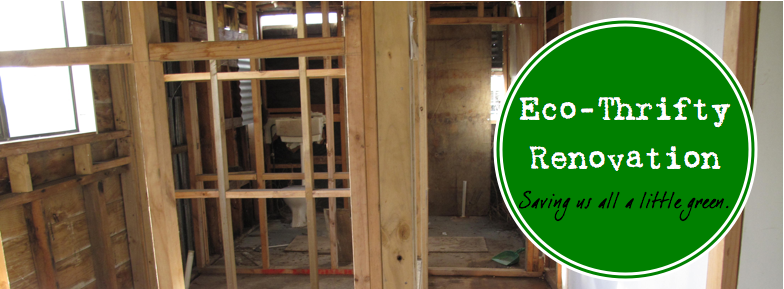I used to wonder how columnists could come up with relevant
things to write about week after week after week. Now that I am a columnist, I
wonder how to fit all of my ideas into one column!
Two weeks ago I related a number of eco-thrifty stories from
the international press, and last week I hailed the election of an eco-thrifty
pope. This week I’ll keep it local, using examples from the Chronicle to illustrate my points. No, I am not going to enter
into the ongoing global climate change debate on the editorial pages, although
I do find it amusing that one local retired farmer claims to know more about
atmospheric science than thousands of practicing climate scientists.
Instead, I’ll pull my examples from the front pages of the Chronicle. I’ll apologize up front by saying they have to do
with maths. But then again, two stories involving numeracy graced the front
page on the 21st of March: one on rates rises and one on children’s
maths learning.
Reading the two articles side by side, one question came to mind:
I wonder if children are taught ‘the banker’s rule of 7’? Be aware, this
question may have come to mind because my mother and brother are both maths
teachers. Maths is in my genes.
It's all about the maths
The banker’s rule of 7 is that a 7% interest rate will
double any figure in 10 years. It has to do with logarithms that are beyond my
current maths skills, and the following equation: n = 70/R
The rule indicates that the approximate number of years (n) for an amount to double is 70 divided by the rate
(R).
The common example I have been sharing in this column is the
rate of electric fee rises, about 7%.
n = 70/7 = 10 years
In other words, at a constant rate of 7%, the price of
electricity in New Zealand has doubled in the last ten years, and is likely to
double again in the next ten years. Are children taught this in school? It may
have bearing on their adult lives.
Using this handy equation, I turn my attention to the
article on rates in which a reported rates hike of 6.5% will be applied to
properties valued at $152,000.
n = 70/6.5 = 10.8
years.
Stated in plain English, at this level, rates on modest
homes will double in under 11 years, while power is forecast to double in less
than 10 years. Add to these the insurance hikes we have seen after the Christ
Church earthquakes, and the cost of fixing the ‘pong’, and something has got to
give.
Be aware, however, that higher rates rises will be imposed
on lower value properties and lower rates rises will be applied to higher value
properties. Under this formula, the poor and working class will be paying an
increased proportion of Whanganui’s budget year after year.
Why the greater rates hike on lower value homes than higher value homes?
The rates article appeared less than a week after the Chronicle profiled Sarah, in “Managing life on the bread line”
(Saturday, 16-03-13). That article described that after paying rent, power and
gas, Sarah “has $130 left to provide food and any other essentials.” Given the
current rates rises, many struggling families like Sarah’s will find it even
more difficult to cope.
I wonder what Sarah, and other low-income householders think
about paying a higher portion of our city’s budget year-on-year, for things
like running lights in front of the Central Library during daylight hours. I
was pleased to hear recently that by mentioning this apparent waste of power
and money in my column a few weeks ago, I have instigated a bit of a debate.
Reportedly, some say the lights are on for “security reasons” (during hours of
bright sunshine and heavy foot traffic?). Another reported explanation is that
the light fixture is art. I admit that I had not thought of that when I first
noticed the bulbs illuminated on a bright, sunshiny day two and a half years
ago and mentioned it to library staff.
If eight light bulbs burning directly under a glass skylight
with sunshine beaming through it is indeed art, I would suggest two potential
titles: “Ironic”, or “Money to Burn.”
Ironic? Or money to burn?
For excellent, free advice on how to protect your family
against electric rates rises, please see
the sidebar.
Peace, Estwing
Sidebar:
Project HEAT: Home Energy Awareness Training
Neighbourhood presentations highlight seven excellent, low
cost / high performance strategies that anyone can use to make homes warmer,
drier and healthier while saving power and money.
30th March, 1-2:30 pm. Wanganui Community Arts Centre,
City. (Taupo Quay)
4th April, 7-8:30 pm. All Saints, 70 Moana Street, Wanganui East.





























